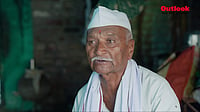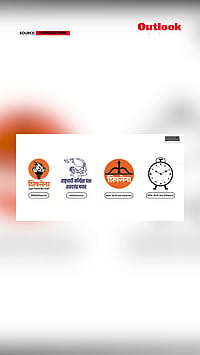Their amazing regularity might have inured the public to such instances, but the one thing that marks out the above cases is that they all happened in Chennai. Something that seems to confirm the latest findings of the National Crime Records Bureau (NCRB)—Chennai reported the maximum number of crimes against women in 1999, 3,560 against the 2,428 recorded in the 'more' unsafe Delhi.
Grievous crimes against women are still pretty high in Delhi: it accounted for 32.9 per cent of the rape cases, 43.2 per cent of kidnappings and abduction of women, 17.4 per cent of dowry deaths and 23.3 per cent of molestation cases reported from India's 23 mega-cities. What is unusually high in Chennai are cases of eve-teasing, usually between June and August when schools and colleges reopen. The rest of the cases, which are the majority ones, fall within the category of dowry demands and crimes which have matrimony as cover and justification.
Says a senior police officer of the state crime department: "One of the reasons for the high number recorded in Chennai is actually the better police set-up we have here. Each area has an all-woman police station which encourages harassed and victimised women to go and complain against their wayward spouses/others. Most of these cases would go unnoticed were there no women's police stations." Human rights advocate K.S. Radhakrishnan feels that growing awareness among women to fight for their rights and the increased presence of ngos and activist groups in Chennai have forced these all-women police stations to become more active in tackling the crimes against women.
Women's groups, however, insist that there is a definite increase in crimes against women in the last decade. Says Mythili Sivaraman, working president of the Tamil Nadu unit of the All India Democratic Women's Association: "The notion of man as provider has taken a beating. One of the tragic consequences of women going for work is that they now have to feed the excesses of their husbands." Among the lower income strata, women are almost always the bread-winners—employed either as domestic help or as Class-4 employees in numerous companies and offices. They earn incomes generally between Rs 900 and Rs 2,000.Often, they're beaten regularly by their husbands for money to buy liquor.
As for the middle class, as Sivaraman sees it, there is a growing gap between desires and the ability to fund those desires. "When you can't afford to buy something, demand it from the wife's family—that's becoming the motto of many middle-class youth today. Extortion from in-laws has in fact earned a new respectability even among castes hitherto free of dowry ailments," she observes. S. Manonmani, secretary of aidwa's south Madras wing, blames the media: "Eve-teasing in the era of liberalisation is somewhat legitimised on films and TV. The middle class is okay with eve-teasing if it's within a certain limit. But who is to decide that limit?" Sudha Ramalingam, advocate and president of the Tamil Nadu wing of the pucl, rubbishes the claim that more women are coming forward to file cases in Tamil Nadu than in other states. How many of these 3,000-odd cases have led to convictions, she asks. A query none can answer with conviction.















